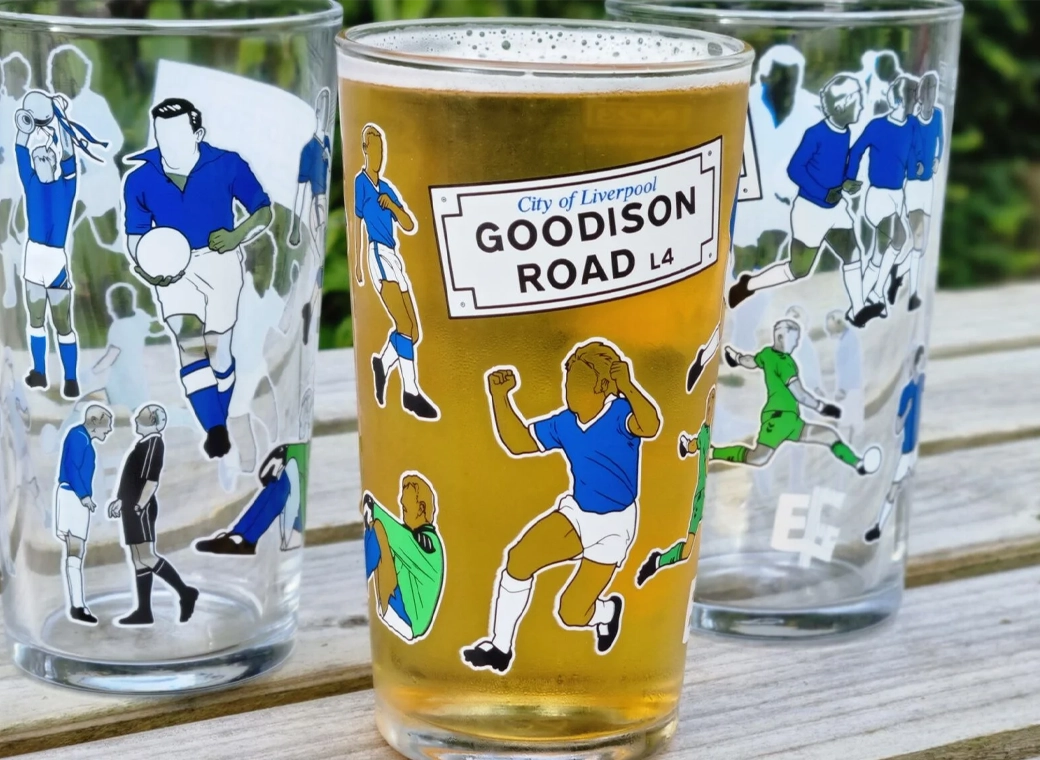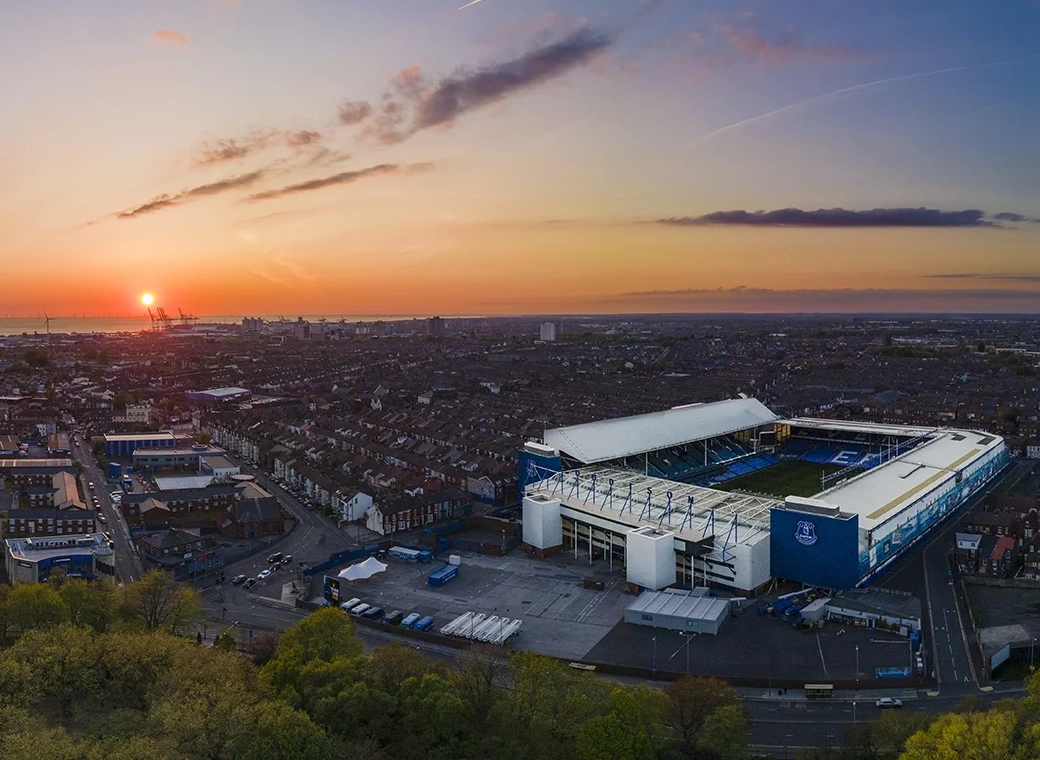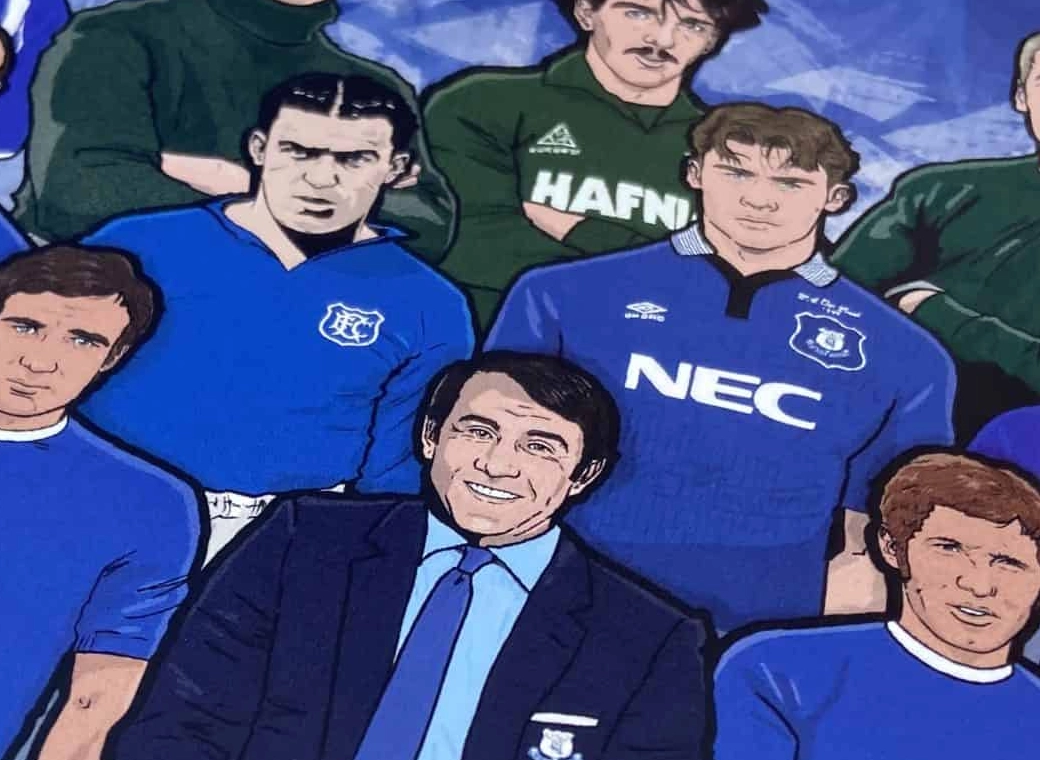Donald Twain
Vide cor meum
Ray Mears: Judo has made me the man I am today
Learning to get up when you fall is one of the first rules of judo but there are so many levels to becoming a master judoka.
Bushcraft expert Ray Mears reveals how his ideology and entire way of life have all been inspired by judo - long before he became a survival expert.
The celebrity is best known for the TV series Ray Mears' Bushcraft, Ray Mears' World of Survival, Extreme Survival, Ray Mears Goes Walkabout, Survival with Ray Mears and Wild Britain with Ray Mears.
Mears attended Downside Preparatory School in Purley and then went to Reigate Grammar School where he was first introduced to Judo after the sport replaced boxing as a compulsory part of the curriculum. Here it was taught not as a sport but as a life skill. Judo back then was a little different to the sport we know today.
"I clearly remember the first lesson; our instructor, Kingsley Hopkins, explained the origin of Judo and the meaning of the name and informed us that Judo was something that would live within us forever, a way of thinking, and a way of life," said Mr Mears.
"More than forty years later I can attest that he was right. He further explained that we would learn many things that could help us in everyday life from lifting heavy objects safely, to opening stiff doors with ease and falling over without hurting ourselves."
He explained that although we would be training on the judo mat everything we learned should also be possible on hard ground and that having learned to break our falls on the judo mat at the end of the term we would be expected to demonstrate break falls on a wooden floor.
This is exactly what happened. Looking back on that introduction from the risk adverse world today he says he feels privileged to have had such an inspirational instructor.
"Kingsley was a wonderful teacher, a member of the Budokwai he was taught by Gunji Koizumi, the clubs founder and the man credited for establishing Judo within the United Kingdom.
"Mr Koizumi affectionately known as ‘GK’ was himself a student of Dr Jigoro Kano. Unwittingly we were learning third hand from the very source of Judo."
Kingsley taught in a Zen fashion, he reveals: explaining how to escape from a hold down by posing the question,
"If a block of ice is held above the ground by a metal ring how can it reach the ground?
"Answer to melt," a knowing smile implied.
"Then so must you to escape the hold, and as if by magic the teaching would bear fruit.
And if it did not?
"Try harder."
No false compliments were given and so when received were all the more valued.
Judo was taught as a martial art rather than a sport, with the emphasis solidly in personal development.
My training included kata, Nage no kata, Ju no Kata and Kime no Kata.
No compromise was made for modern western attitudes; Uchi-Komi was central to the acquisition of technique and developing appropriate Tai Sabaki while Randori made theory real and developed spirit.
Technical understanding of the mechanics of techniques was emphasised, critically the axis or direction of a throw and thereby the direction in which the kuzushi must first be effected.
A wide range of techniques were taught I remember that Sutemi throws were more prevalent than in recent years, where fear of scoring an 'own goal' in competition has perhaps reduced their popularity.
In a way incomprehensible to many today, coloured belts were not important, but rather seen as a distraction from core issues.
Kingsley explained that GK had observed that '...when many attain their black belt they stop learning...' feeling that in some way they have arrived.
Rather than the grade is intended to imply that the journey is just about to begin, besides in life outside of the dojo a belt is not worn.
Instead ones judo in should come from within.
Kingsley encouraged me to visit many different clubs but at fifteen he introduced me to the Budokwai in Fulham, which would become my principle place of practice.
Although I have not practiced there for many years I still consider it to be my home dojo.
My memories of the Budokwai in the late 1970's are clear, at the entrance you were greeted by the friendly faces of the managers Reg and Rosemary.
Most often the small ground floor dojo would be occupied by the legendary John Cornish teaching Aikido.
The main dojo, then as now, was on the upper floor reached by a staircase with a makiwara located on the first landing for the clubs karateka.
This was and is a very wonderful club with a unique atmosphere, and some incredible judoka.
Here I was able to study with fine exponents of Judo, Richard Bowen, Syd Hoare, Tony Sweeney, Neil Adams, Ray Stevens, Paul Ajala, Peter Blewett.
I attended the first Goshin Jutsu class with John Cornish, and marvelled at the technical brilliance of Katsuhiko Kashiwazaki and the great Yasuhiro Yamashita, while they were honorary, visiting instructors at the club.
Perhaps inevitably given the demands of my study of bushcraft, Judo would have to take a sideline.
Every now and then I can be persuaded onto the mats for a rumble. But the lessons of Judo are always with me, I have tested their veracity in other places and circumstances and never found them lacking.
Judo has helped me in so many ways, I have been able defend myself from unwelcome attention from thieves.
Once in a bad climbing fall years of ukemi training helped me to avoid injury but above all it is in the development of spirit, attitude and mental strength that judo has helped me most.
I have come to realize that Dr Kano was in many ways a man ahead of his, in a visionary way he realized that Judo could promote 'Mutual prosperity for self and others'.
With the sport judo so prominent today I hope that judoka will not lose sight of the larger benefit that Shihan (Dr. Jigoro Kano) intended.
Ray Mears advice for life
1. Each individual should strengthen his/her body, develop intellect and morality, and cultivate attributes beneficial to society.
2. Citizens should respect society and seek to assist in bolstering national prosperity.
3. Individuals and organisations must make efforts to co-operate with each other and ensure that harmonious relations are maintained in society.
4. With regards to the international community, racial prejudices should be cast away and culture advanced so that all people can live and prosper together.
Get with it Spurts! He's had to pack the judo in and take up Sumo !!











